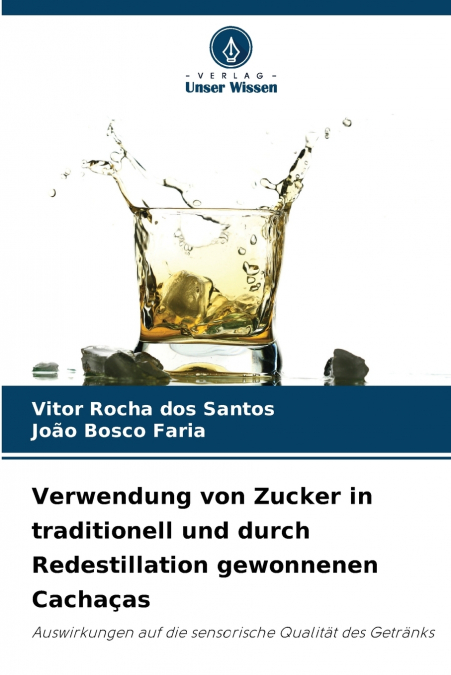
João Bosco Faria / Vitor Rocha dos Santos
Dieses Buch befasst sich mit interessanten Aspekten eines der am meisten konsumierten Getränke der Welt, dem Zuckerrohrschnaps, unserem Cachaça. Er ist das am zweithäufigsten konsumierte Getränk in Brasilien, wobei die Produktion auf etwa 1,2 Milliarden Liter pro Jahr geschätzt wird. Im Jahr 2009 wurden 10,83 Millionen Liter exportiert. Zu den wichtigsten Zielmärkten gehören Deutschland, die Vereinigten Staaten, Portugal und Frankreich (ALVES, 2009). Angesichts der neuen Anforderungen des Marktes beginnen die Hersteller, sich Gedanken über die Aufwertung des Getränks zu machen, indem sie in neue Technologien und die Verbesserung des Personals investieren, die Qualitätskontrolle verbessern und anspruchsvollere Verpackungen anbieten, mit dem Ziel, den Cachaça neben anderen destillierten Getränken, die im Land und in der Welt bereits gut etabliert sind, an den besten Verbrauchsstellen des Landes zu platzieren. Der Zusatz von Zucker wurde als Mittel zur Standardisierung des Geschmacks einiger destillierter Getränke eingesetzt, um den Ethanolgeschmack und etwaige sensorische Mängel zu verringern (CARDELLO und FARIA, 2000).